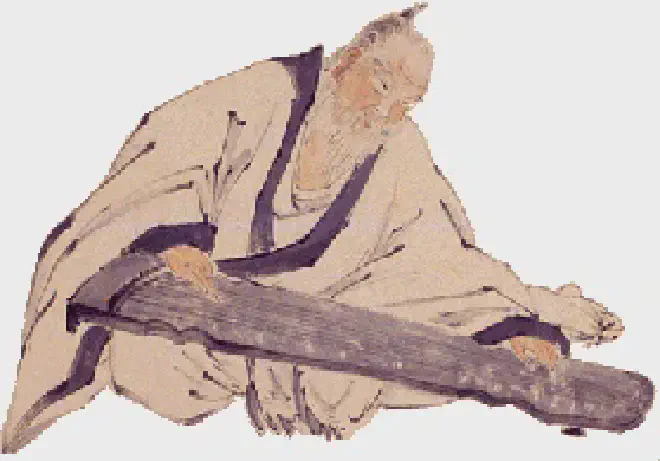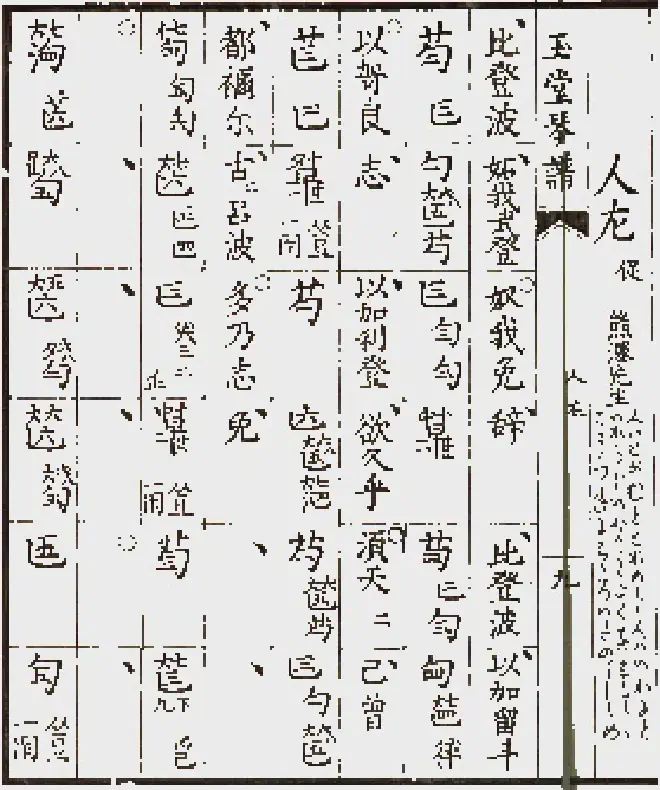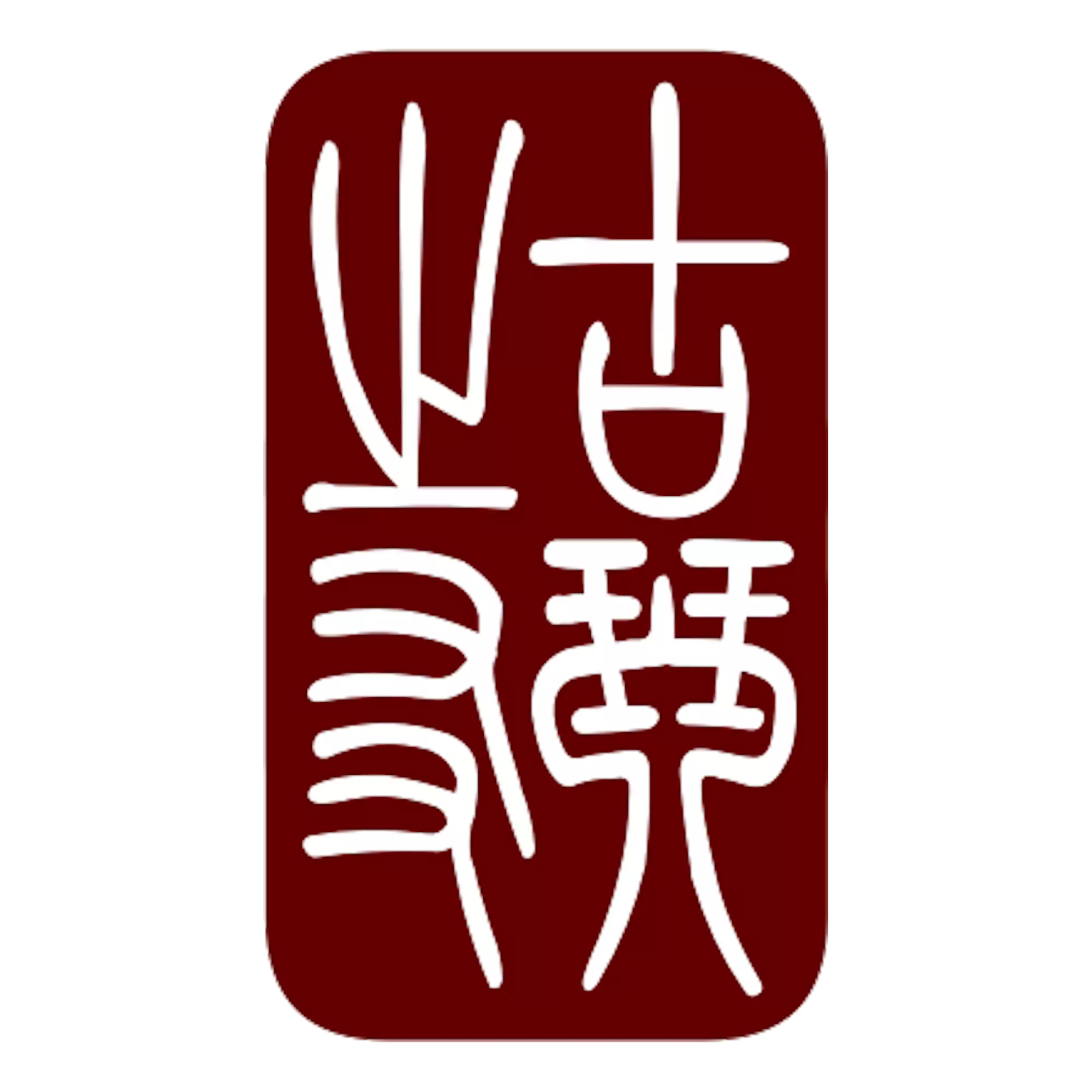Uragami Gyokudō#
For listening to the music, see below …
Uragami Gyokudō (浦上玉堂, 1745-1820) was a man of extraordinary talent. He was a master of many arts, including poetry, calligraphy, painting and music. He is known today as one of Japan’s greatest painters, but in his own time he was most celebrated as a musician.

Portrait by Uragami Shinkun (浦上春琴, 1779-1846)
Gyokudō studied the qin from Taki Rankei (1732-1801). His training was in the mainstream Edo period qin tradition, as Rankei belonged to the qin tradition of Tōkō Shin’etsu 東皋心越 (1639-1695), a Chinese Zen monk who revived the qin music in Japan in late seventeenth century. Shin’etsu chinese name was Jiang Xingchou 蔣興疇.
Because Gyokudō found that qin music could quiet his mind, he inscribed this poem on the underside of an instrument he built:
The harmony of the large strings brings tranquility,
The translucence of the small strings produces clarity.
They scatter my feelings of unease,
And wash away my sense of confusion.
Gyokudō composed many pieces for the qin, but only one which is based on a text other than saibara - a form of Japanese measured song, usually based on a poem derived from a folk song. That it’s the setting for Hito, Man’s nature, a four-line poem in classical Chinese style by Kumazawa Banzan (熊沢蕃山, 1619-1691), who as Gyokudō also quitted from his official position.

Hito 人㔫 tablature
The music is set to its Japanese pronunciation. Listen to it online!
Hito wa togamu to togameji
hito wa ikaru to ikareji
ikari to yoku o hatete koso
tsune ni kokoro wa tanoshime
Man blames others and is blamed
becomes angry and receives anger;
only by abandoning anger and desires
will the heart become always happy.
There are two other Gyokudō compositions recorded and available online at Yuzo Arai web site (in Japanese). These two are Mumegae (A branch of plum) and Asamidori.
The text of this webpage is based on the excellent book Tall Mountains and Flowing Waters - The Arts of Uragami Gyokudō by Stephen Addiss, Univ. of Hawaii Press, 1987.
The Gyokudo kinpu is available in PDF format (217,99MB in PDF format)
